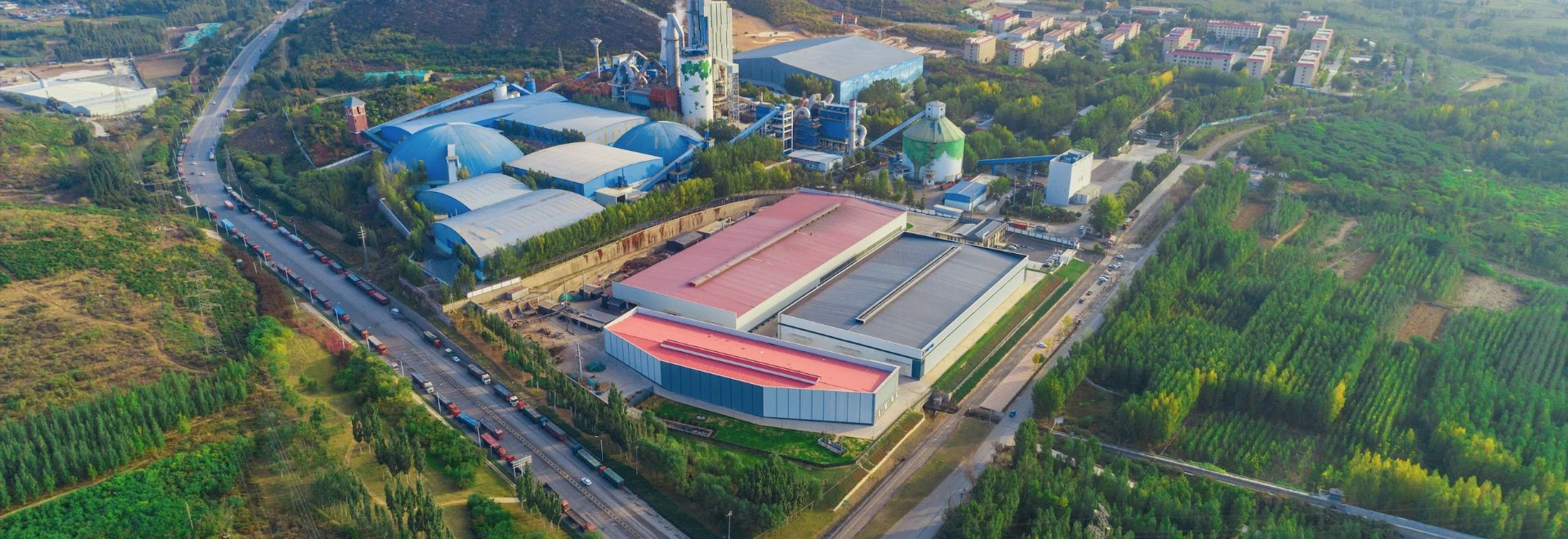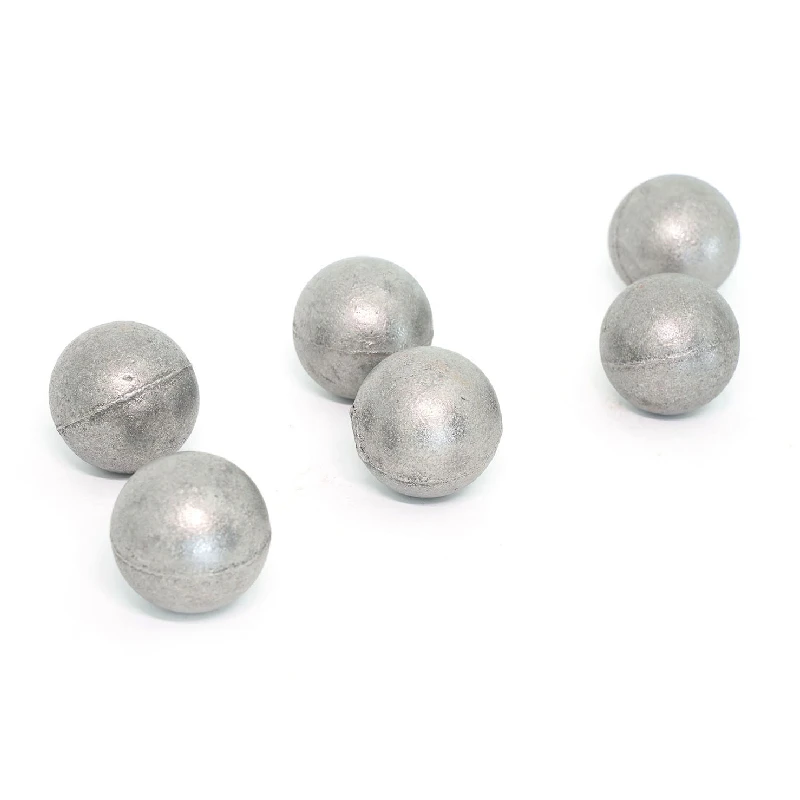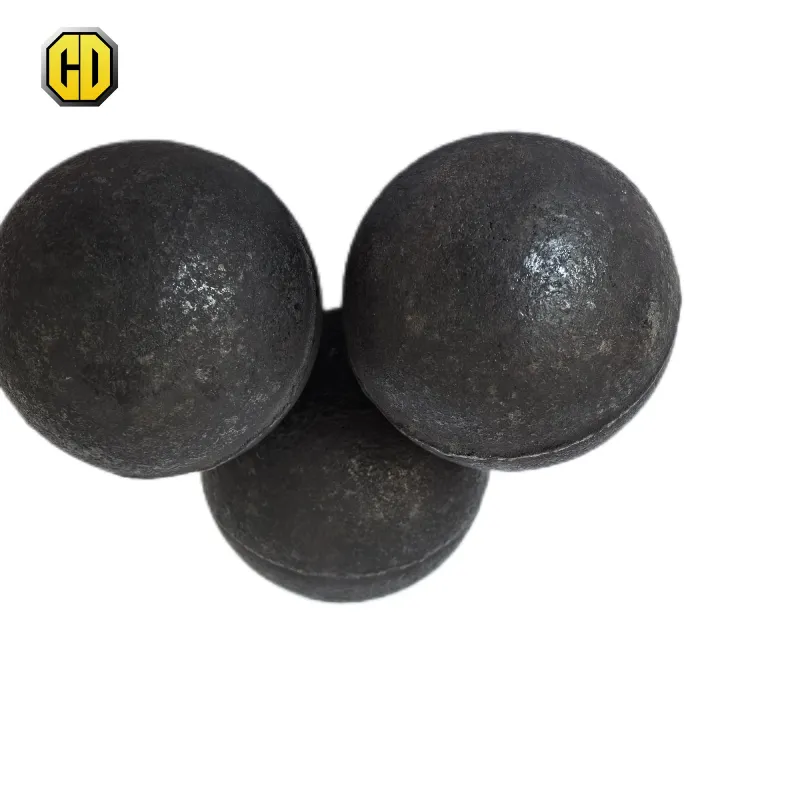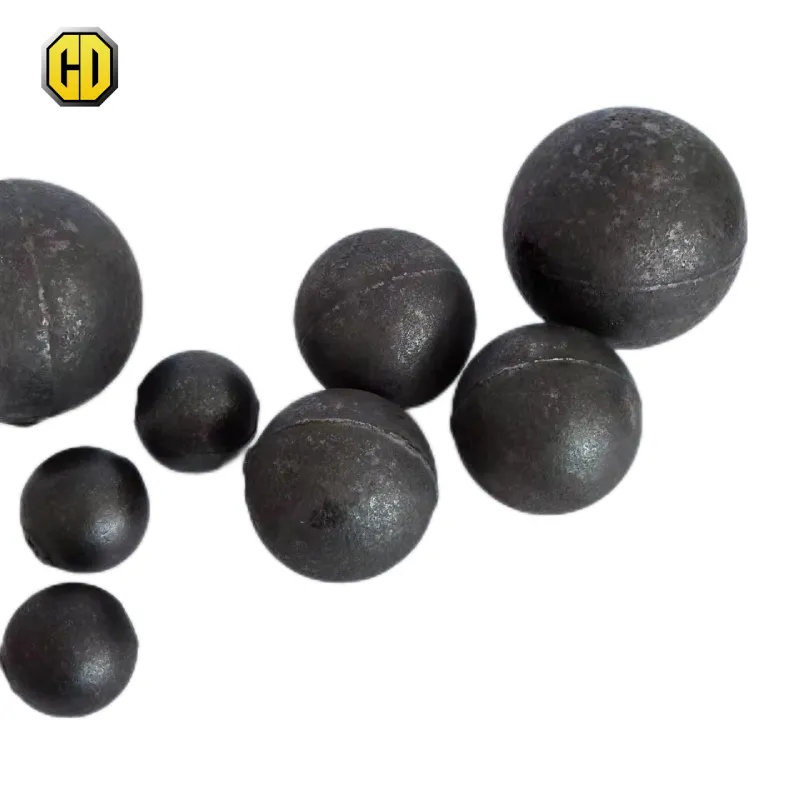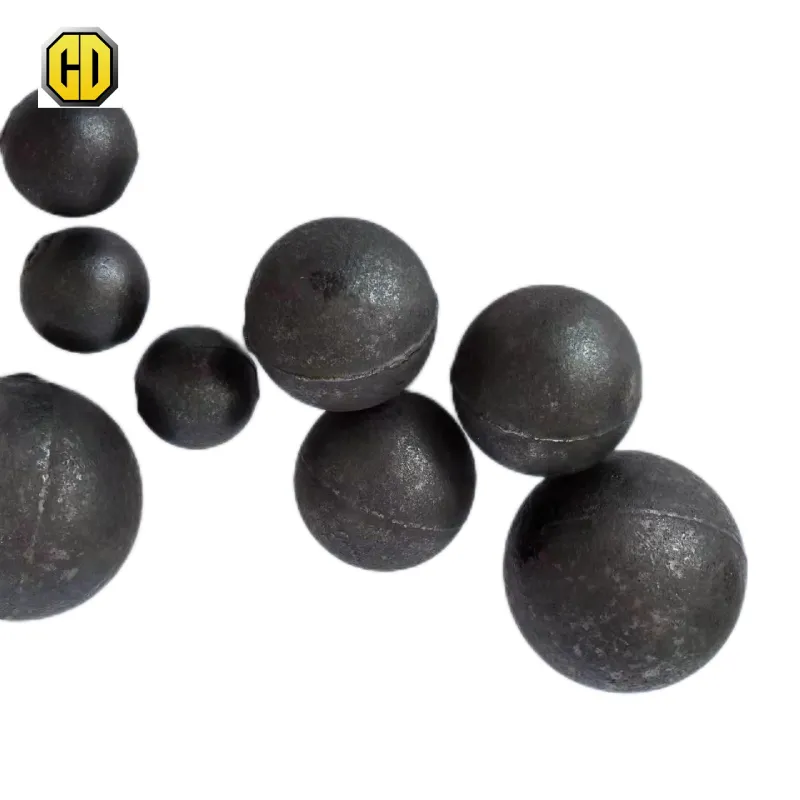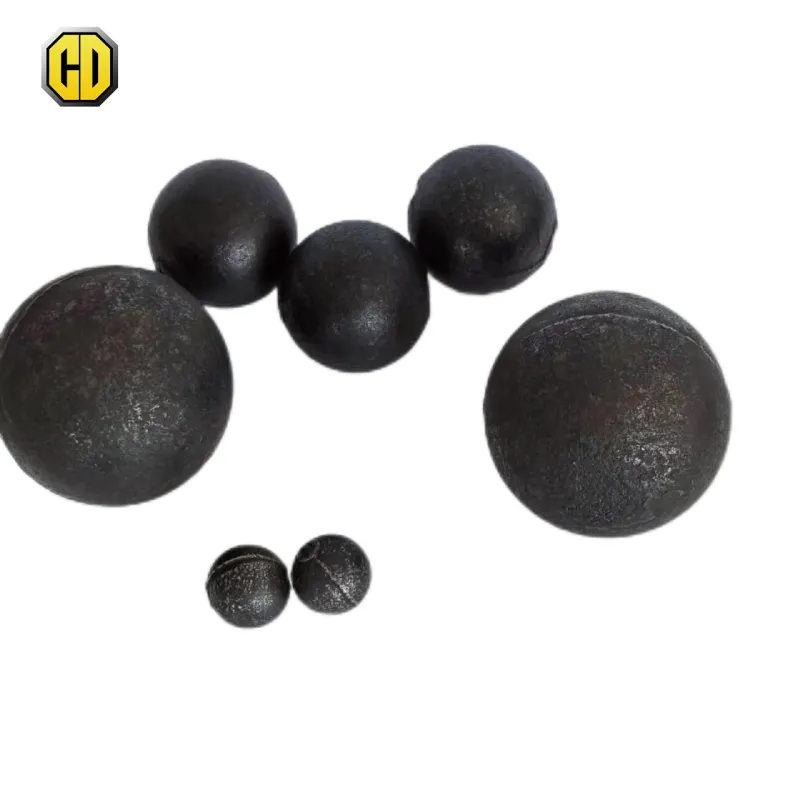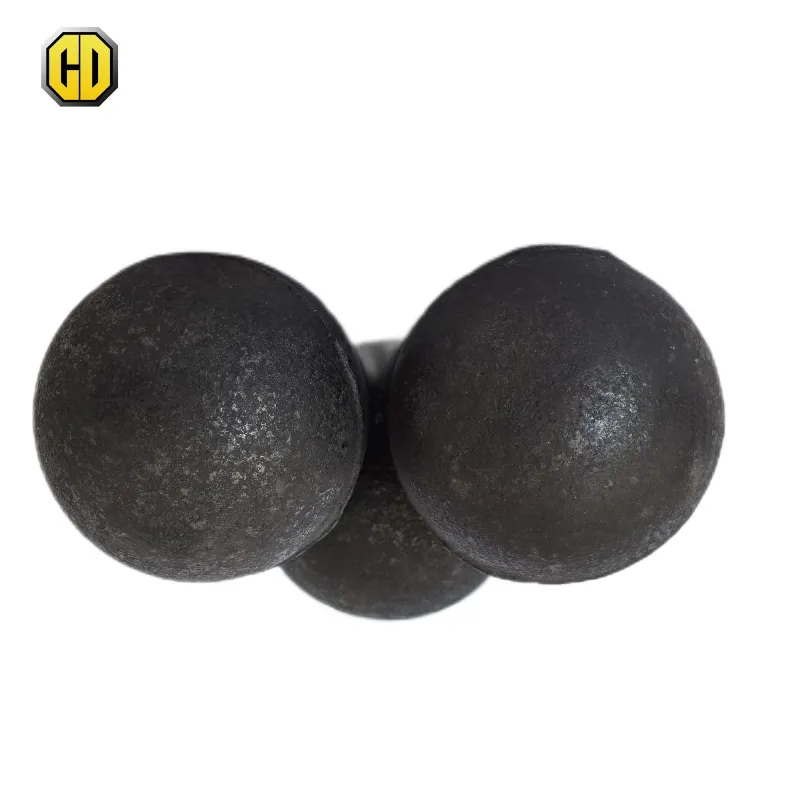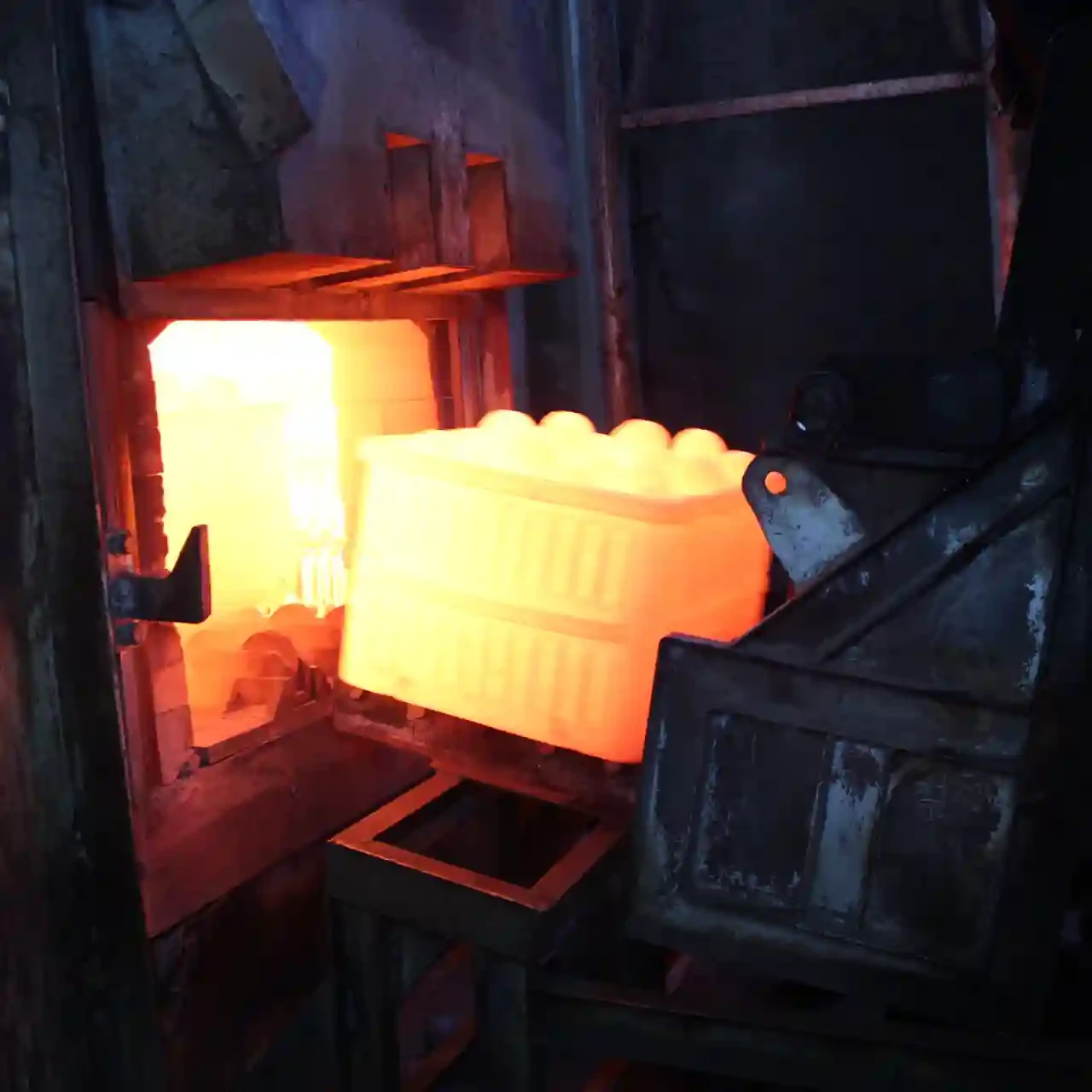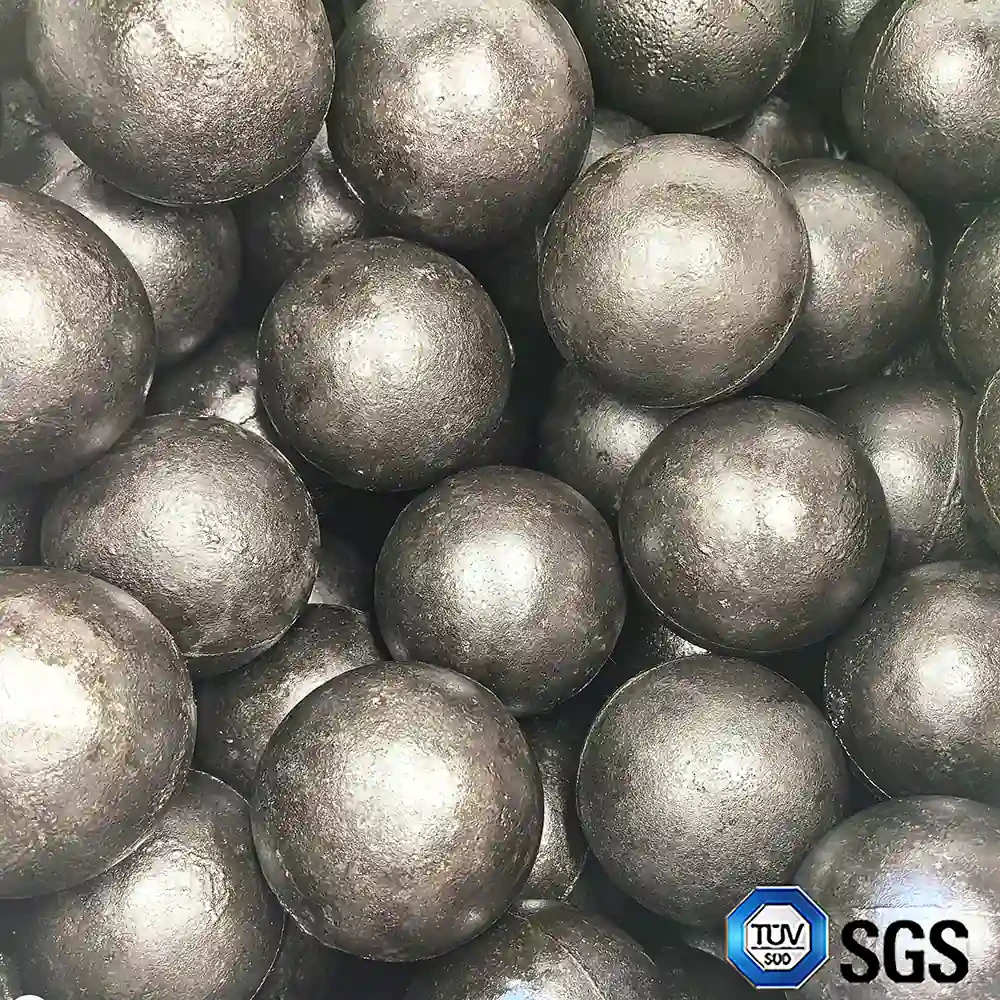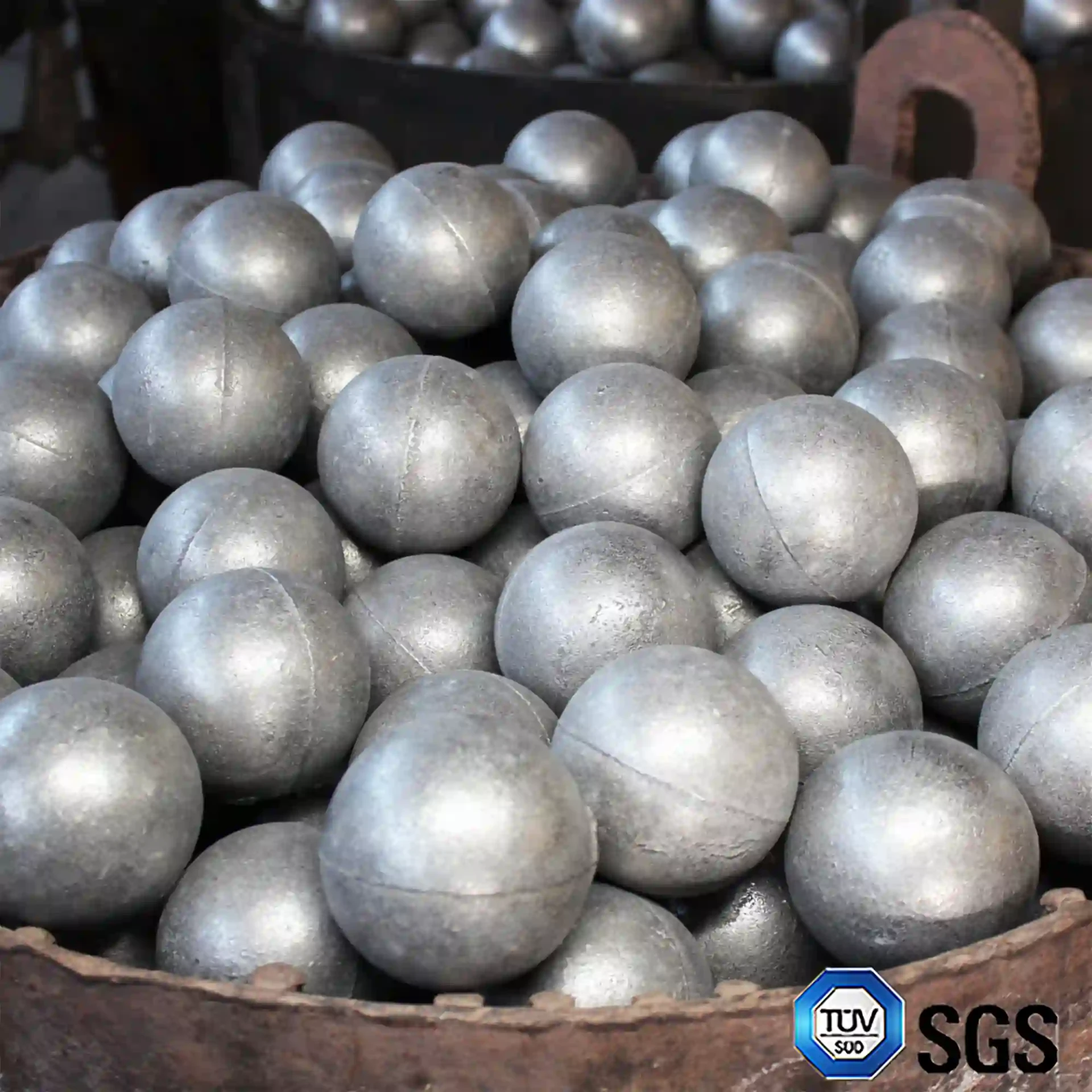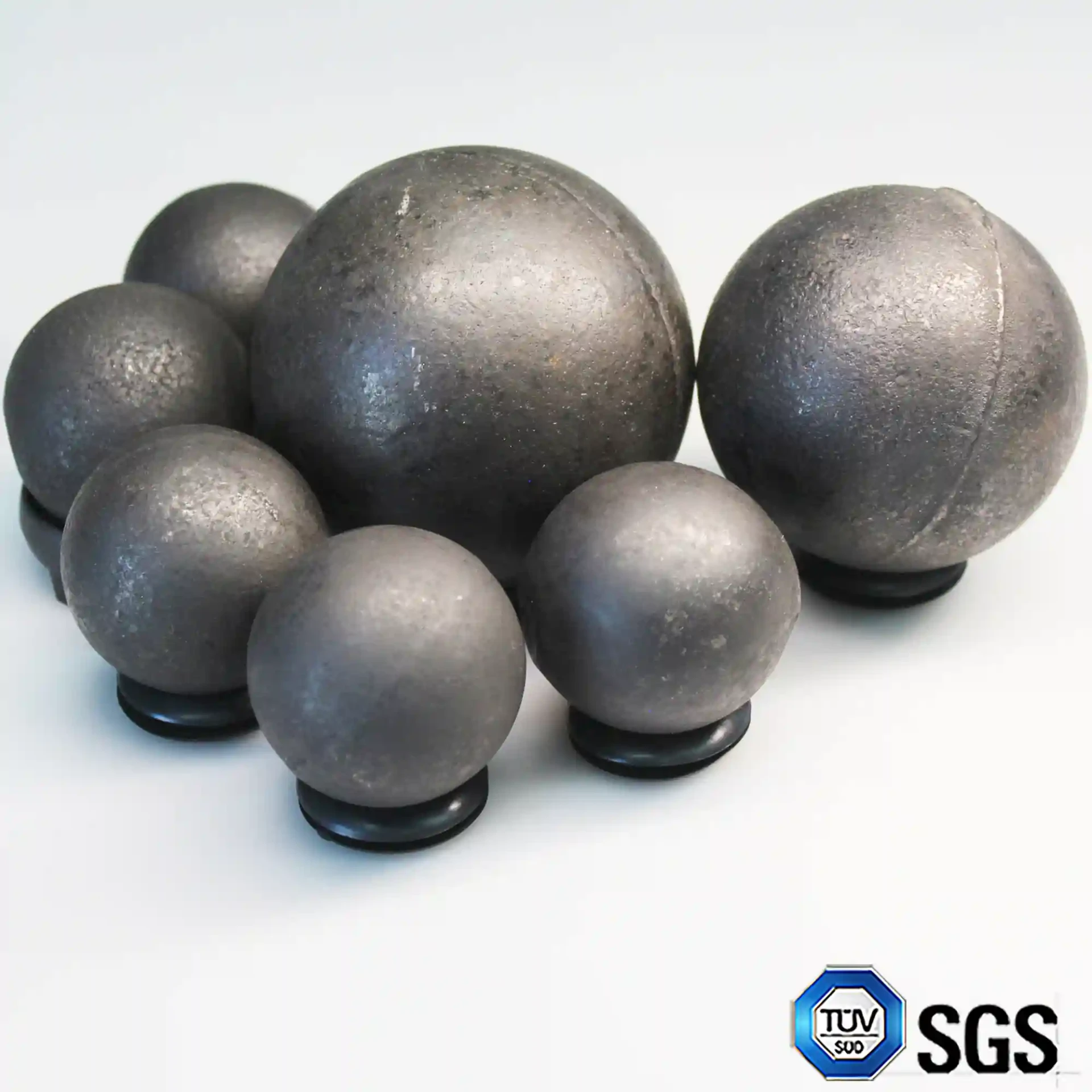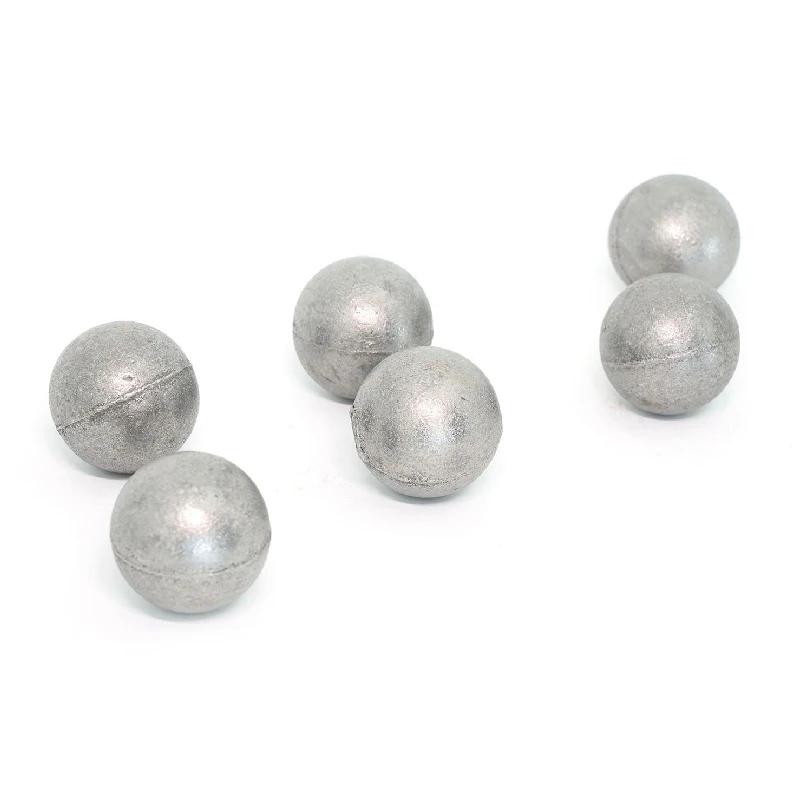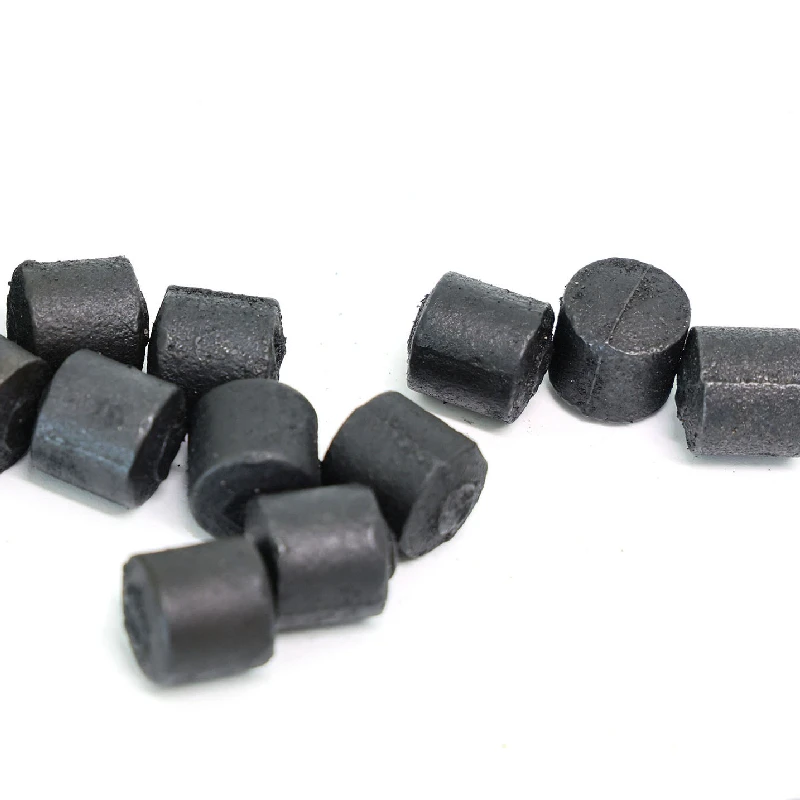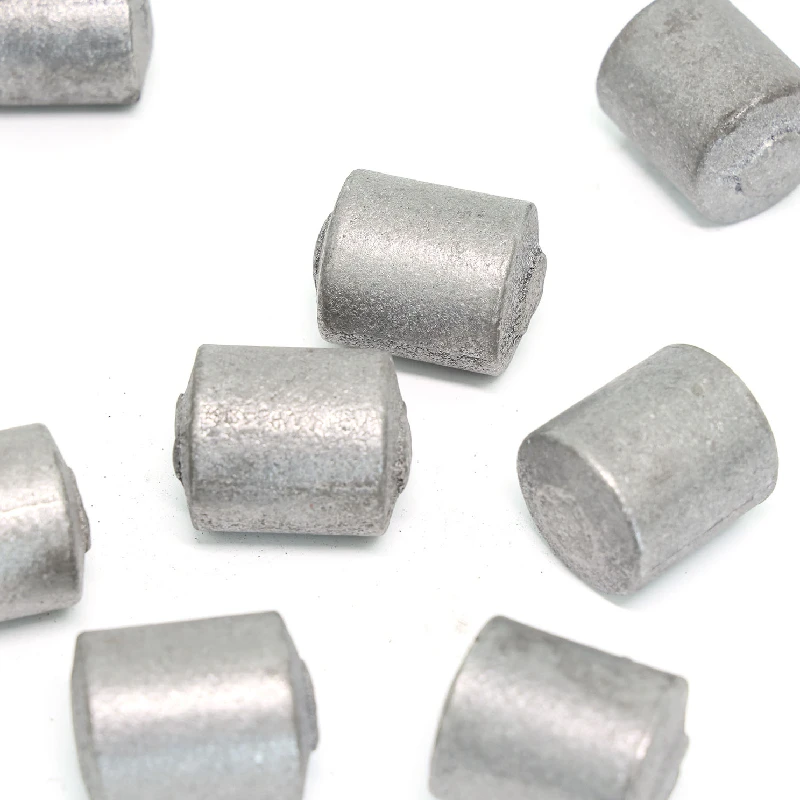What determines grinding ball wear rate?
The wear rate of grinding balls is primarily determined by chromium content (1-18%), microstructure, hardness (HRC 45-65), and impact toughness. Optimal performance requires balancing hardness and toughness - too hard increases breakage, too soft increases wear.
How do low chrome balls compare to high chrome alternatives?
Low chromium grinding balls (1-3% Cr) offer superior toughness and impact resistance with 20% lower cost compared to high chrome balls (10-18% Cr) which offer higher hardness and wear resistance but greater brittleness. Low chrome is preferred for SAG mills with high impact forces.
What diameter tolerance should grinding balls meet?
Precision-ground balls must maintain diameter tolerance of ±0.5mm for sizes under 50mm and ±1.0mm for larger sizes. Industry standards (ISO 3290) require roundness within 0.25% of nominal diameter for consistent milling efficiency.
How does chemical composition affect performance?
Chromium forms hard carbides increasing wear resistance; molybdenum enhances hardenability; carbon content determines hardness levels. Chengda's low chrome formula (C:2.8-3.2%, Cr:1.8-2.5%, Mo:0.2-1.0%) balances wear resistance and toughness.
What inspection methods ensure quality?
Reputable manufacturers employ spectrochemical analysis, metallographic testing, hardness mapping, and destructive impact testing. Chengda performs 100% dimensional checks and 2% batch destructive testing to ASTM E10 standards.
What causes grinding ball breakage?
Primary breakage causes include: excessive mill speed (over 85% critical speed), insufficient ball toughness, improper ball size distribution, and thermal shock from temperature variations. Maintaining core hardness below surface hardness by 3-5 HRC prevents spalling.
How does milling environment affect media selection?
Corrosive environments (acidic ores, wet milling) require higher chromium content (min. 15%) to prevent electrochemical corrosion. Dry grinding applications can utilize low chrome alternatives. SAG mills typically use forged steel balls while ball mills use cast media.

